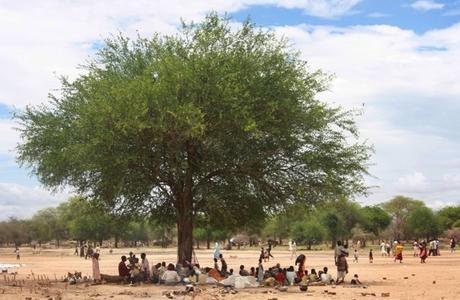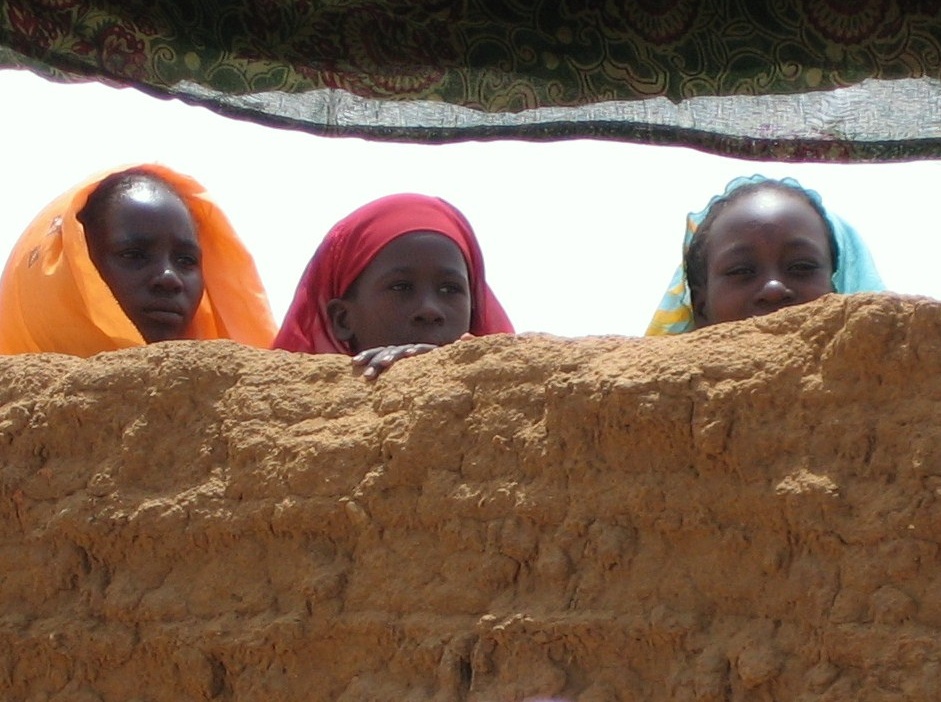
U.S. officials say satellite imagery provides no clear evidence of mass graves in an area of Sudan that has recently erupted in war, contradicting claims by a humanitarian group.
The Satellite Sentinel Project, co-founded by actor George Clooney, said last week that it had detected what appeared to be three mass graves and a pile of bodies in the city of Kadugli in the state of Southern Kordofan, citing satellite images. The assertion echoed allegations in a draft U.N. report that Sudanese forces could be committing crimes against humanity in the area.
But Princeton Lyman, the U.S. envoy to Sudan, said Tuesday night that although such graves might exist, it was impossible to verify because of a lack of access to the region. "We can't confirm the conclusion in the Sentinel project that there are mass graves in Kadugli," Lyman said, citing U.S. intelligence reports.
The varying conclusions point to the difficulty of getting information from Southern Kordofan, where war broke out early last month between the Sudanese government and militias allied with the newly independent nation of South Sudan. The Sudanese government has denied humanitarian groups access to the area and has ordered U.N. peacekeepers to leave.
Regardless of whether there are mass graves, U.S. officials say, the Sudanese government and its allies appear to be committing human rights abuses in Southern Kordofan. They say that many civilians — perhaps hundreds — have been killed and that more than 70,000 have been forced to flee their homes.
"We're deeply concerned," Lyman said.
The Southern Kordofan crisis is related to the north-south conflict that left 2 million dead in Africa's largest country. That war ended in 2005 with a U.S.-backed peace agreement, under which the south peacefully seceded this month.
Part of Southern Kordofan's population, belonging to the Nuba ethnic group, had sided with the south. Like the southerners, the Nubans are non-Arabs and had complained of discrimination by the mostly Arab north. But they remained in the north.
The Sudanese government of Omar Hassan al-Bashir, who is accused of committing genocide in a separate conflict in the western region of Darfur, has denied targeting civilians.
The U.N. peacekeeping mission in Sudan said in a recent draft report that it had received information about mass graves in three areas of Southern Kordofan. The report, obtained by The Washington Post, also cited allegations of aerial bombardment, summary executions and other acts against Nubans.
Ivan Simonovic, the U.N. assistant secretary general for human rights, said in an interview that the mission had not been able to verify the existence of mass graves but that the allegations it had received were from witnesses and not satellite pictures.
"We can say they are serious allegations and do require further investigation," he said.
In a report, "Crime Scene: Evidence of Mass Graves in Kadugli," the Satellite Sentinel Project said it had detected three excavated areas near the Tilo Secondary School in the city. Those images corroborated a witness's account of men digging pits near the school June 8 and lowering bodies in white or brown bags into them, the group said.
The group also identified white bundles near Episcopal Church of Sudan facilities, an area where another witness reported slayings by government forces, it said. The report concluded that the images, shot July 4, were "consistent with a possible pile of people in body bags" or white tarps, which a third witness had reported seeing in the area.
"We go with what the witnesses say and the imagery showed," said Nathaniel Raymond, who leads the project's analysis of satellite imagery. The project involves activist groups and Harvard's Humanitarian Initiative.
Lyman said that "what they identify as body bags, we see those same items in those same places before the fighting started."
Raymond responded that the white objects were not visible in images taken June 7 or 17.
Hamilton is a special correspondent. Staff writer Colum Lynch at the United Nations contributed to this report.









